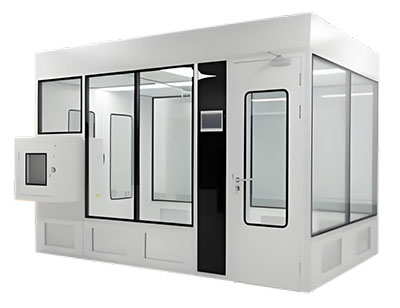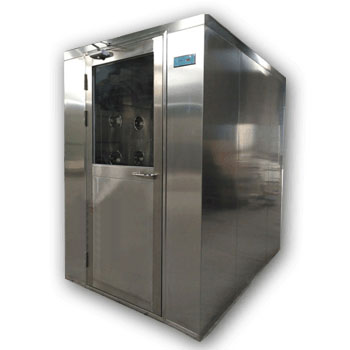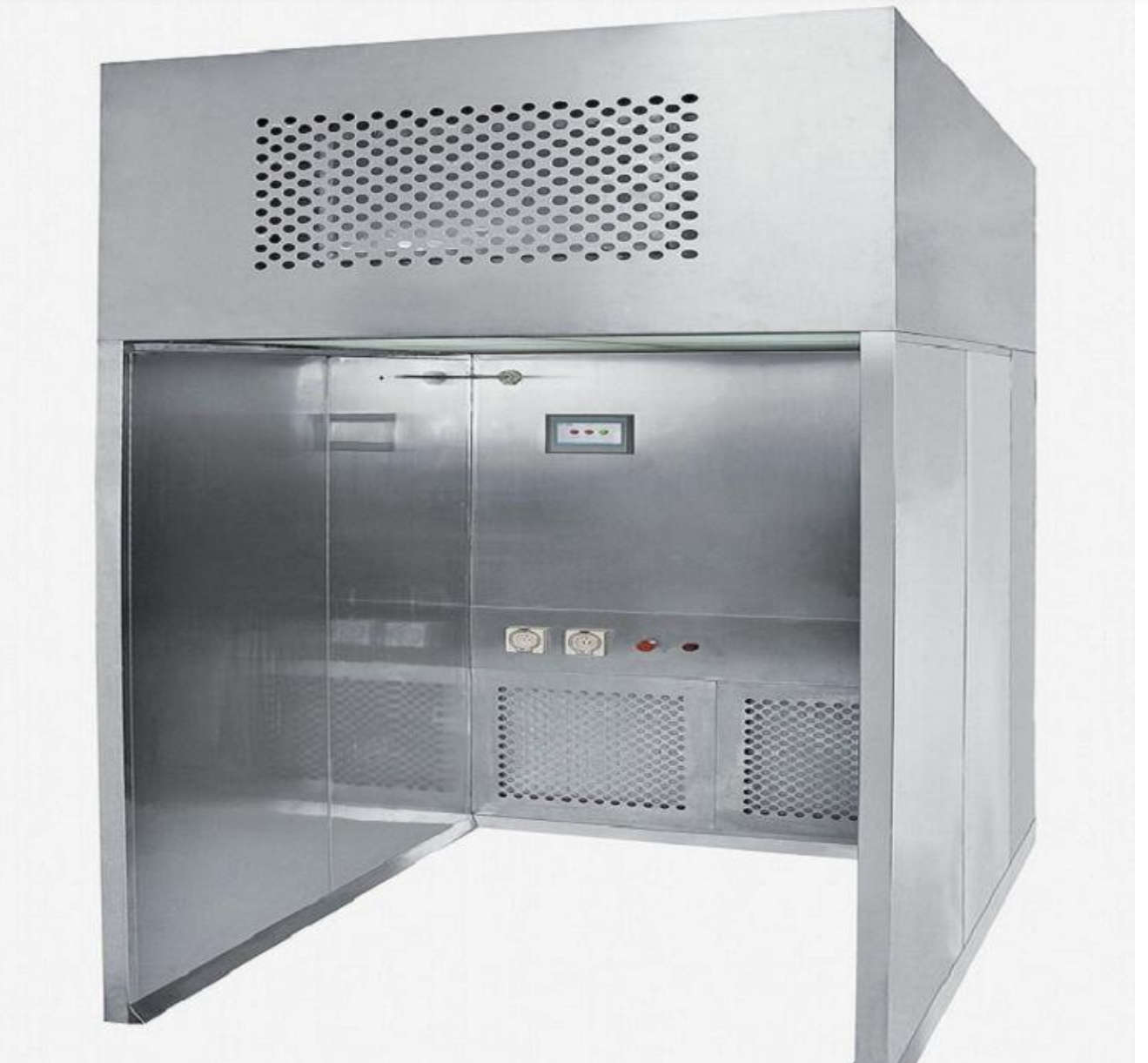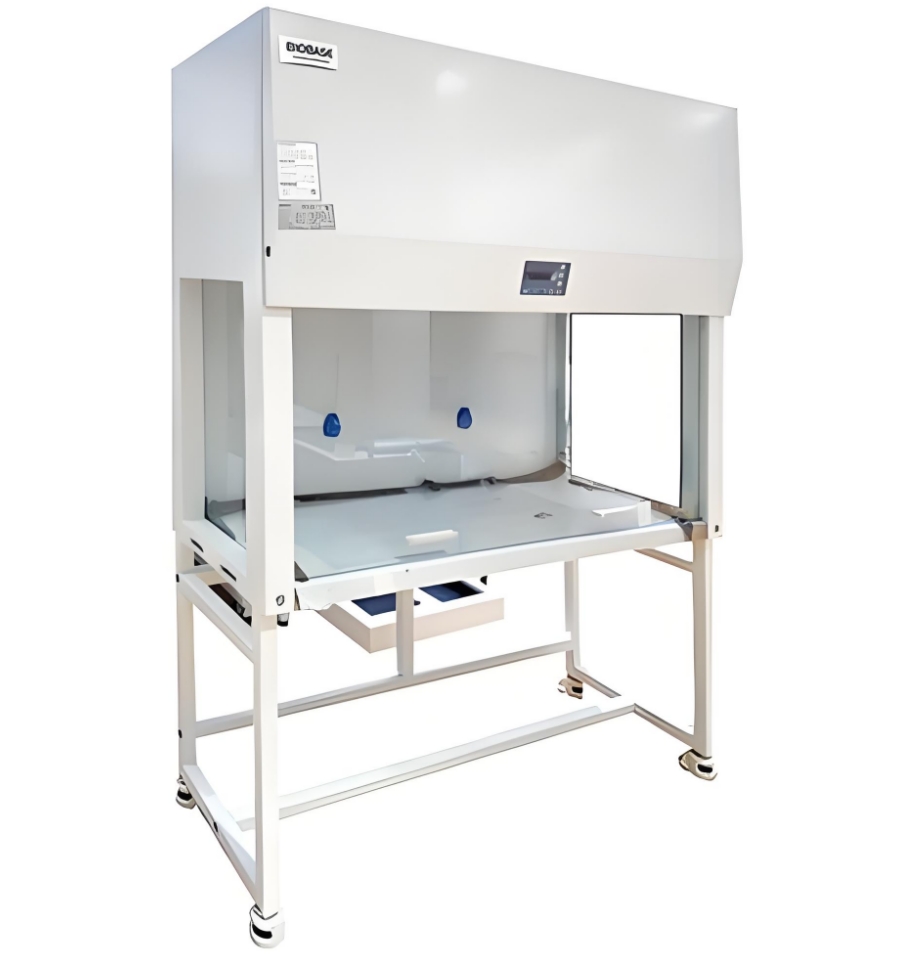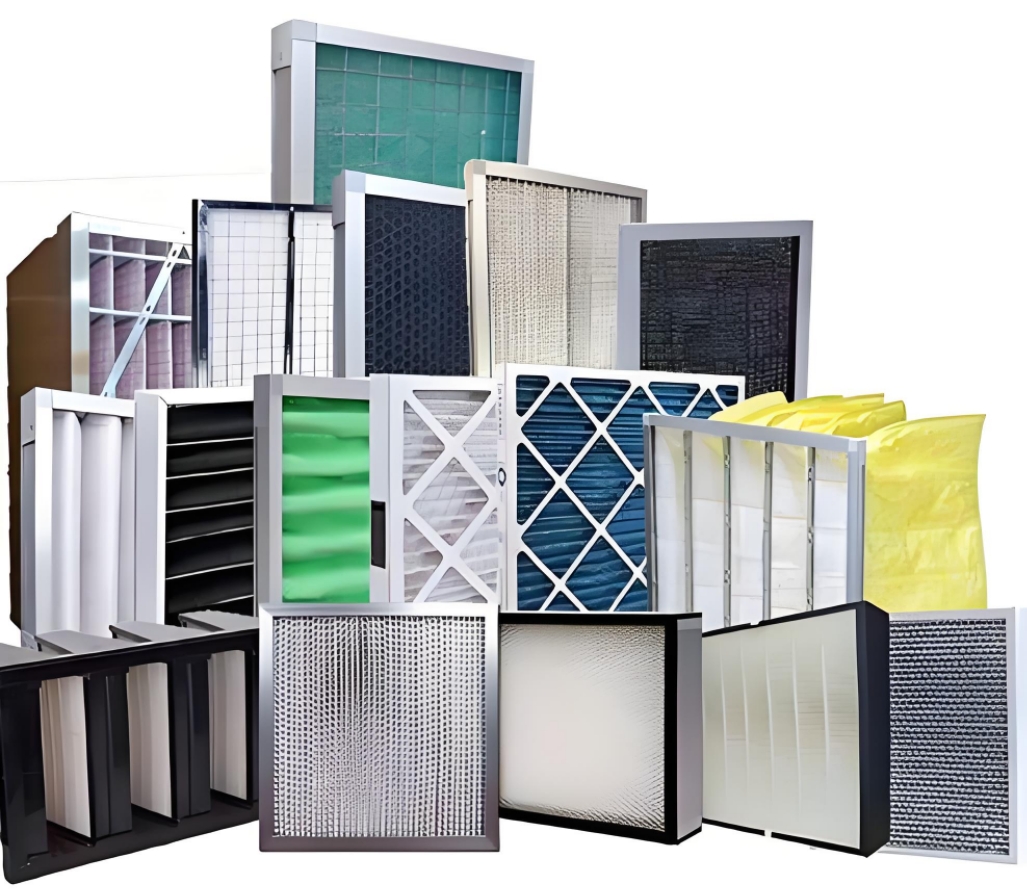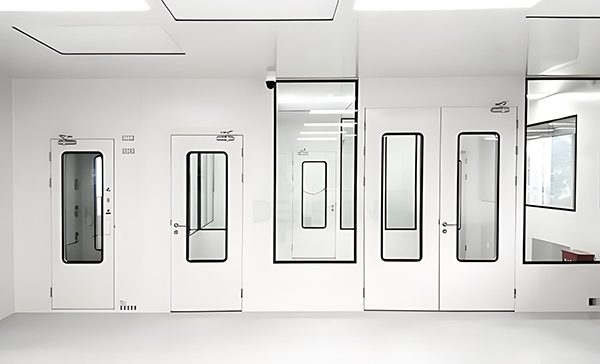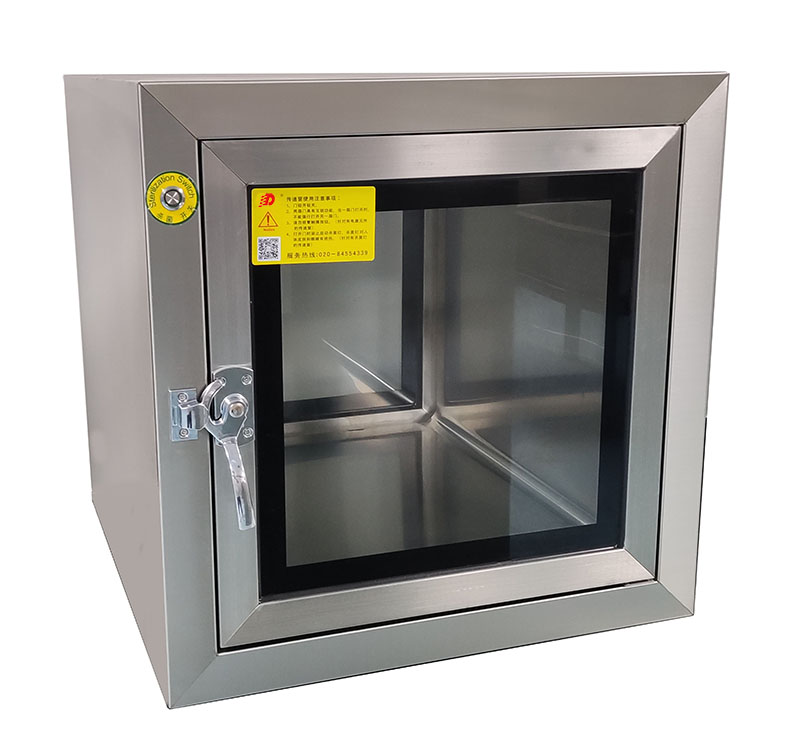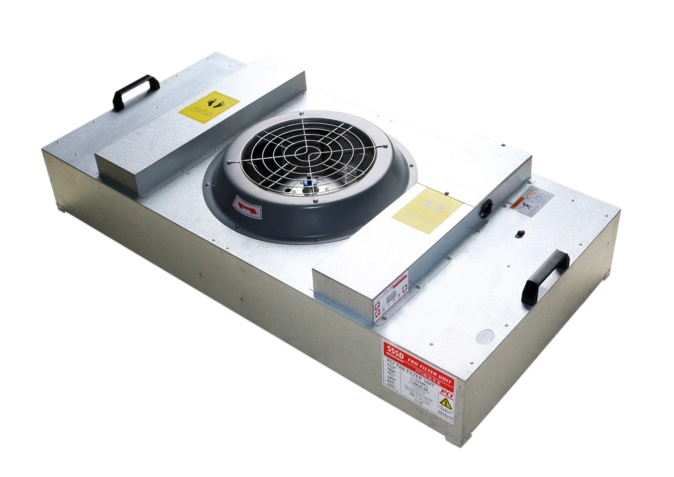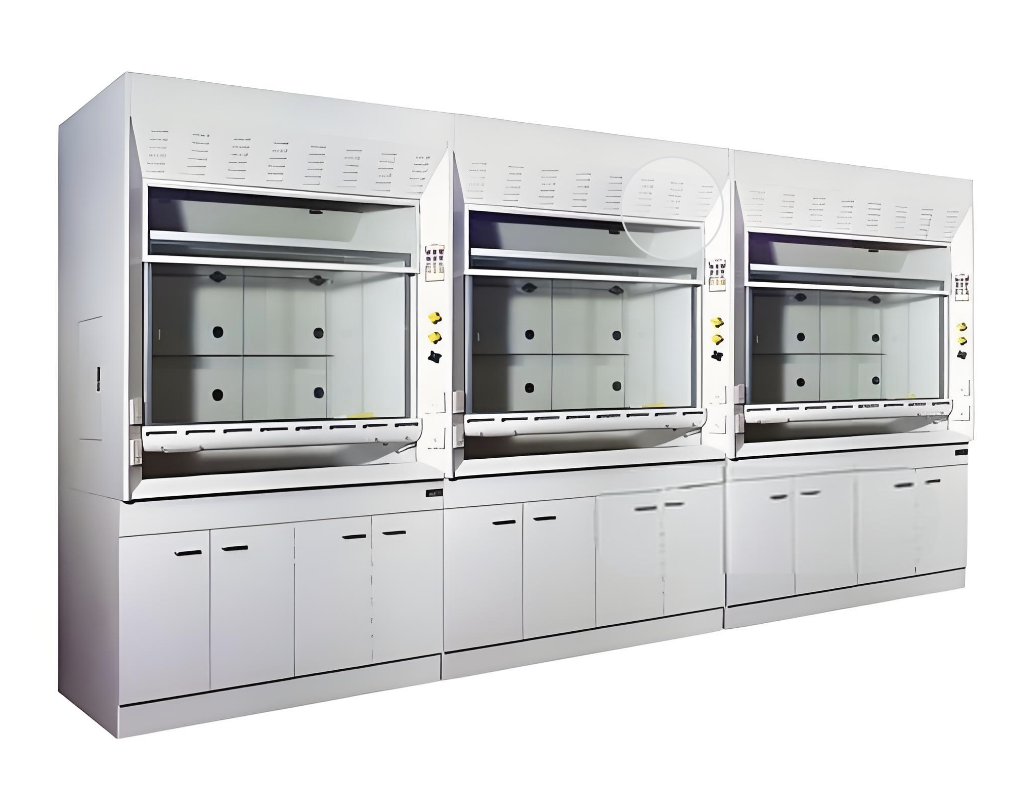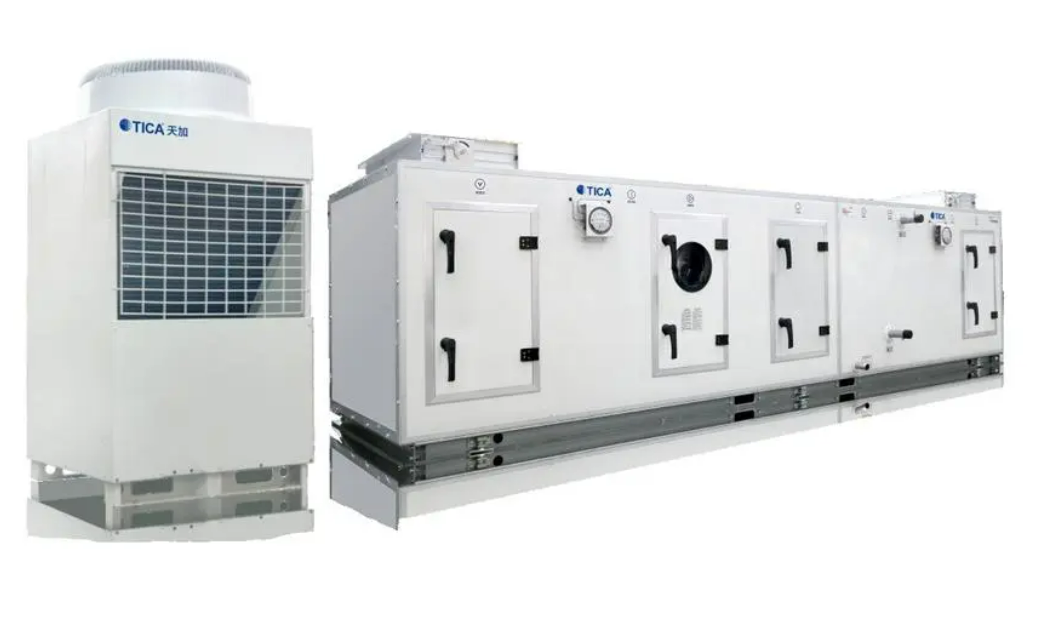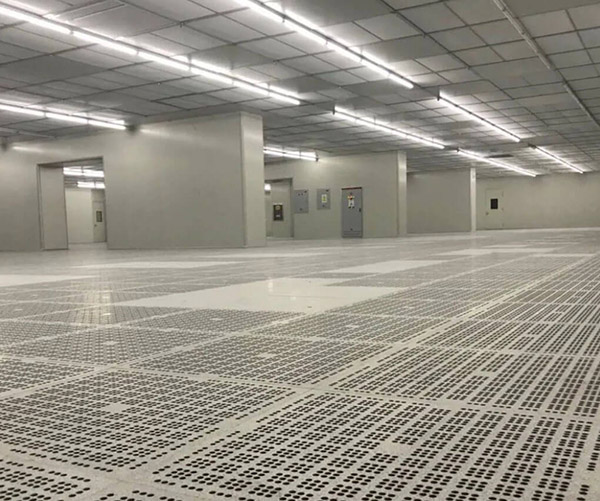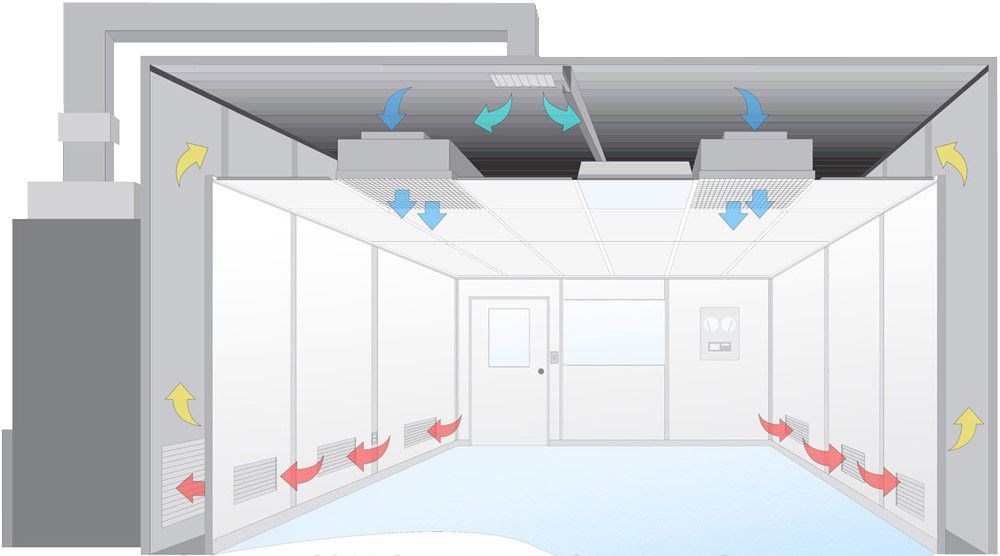Laminar Flow Hood vs. Normal Laboratory Hood
Key Differences in Function, Airflow, Protection, and Applications
Introduction
In laboratory settings, maintaining a clean and safe environment is crucial for the success and accuracy of experiments. Two commonly used hoods are the laminar flow hood and the normal laboratory hood, each serving distinct purposes. This article explores their differences in terms of function, airflow, protection, and applications.
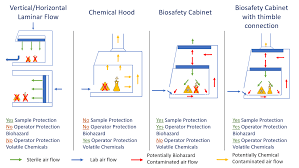
Laminar Flow Hood
1Function
Laminar flow hoods are primarily designed to protect the work area and the samples within from contamination by airborne particles such as dust, mold spores, and bacteria. They are critical in maintaining a sterile environment essential for certain scientific tasks.
2Airflow
Laminar flow hoods utilize High-Efficiency Particulate Air (hepa) filters to cleanse the air entering the hood. This filtered air is then directed over the work surface in a single, smooth, and uniform flow, reducing turbulence and preventing particles from settling on the workspace.
Example: In facilities like those designed by Deiiang™, under the guidance of product designer Deiiang Jason.peng, effective airflow management is key to maintaining cleanliness standards.
3Protection
The primary role of laminar flow hoods is to protect the work from contamination rather than protecting the user. This is crucial in scenarios where the integrity of the samples or products is paramount.
4Applications
Laminar flow hoods are commonly used for applications that are not hazardous to humans, such as:
- Aseptic compounding
- Electronic manufacturing
- Cell culture work
These applications benefit from the hood's ability to maintain a contamination-free work zone.
Normal Laboratory Hood
1Function
Normal laboratory hoods, often referred to as chemical fume hoods, are designed to protect both the user and the surrounding laboratory environment from exposure to hazardous fumes, vapors, and particles.
2Airflow
In these hoods, air is drawn into the hood opening, creating an inward flow that prevents harmful substances from escaping. The air is then either expelled outside or passed through a filtration system to remove contaminants.
Example: At Deiiang™, designs focus on optimizing air exchange rates to ensure user safety and compliance with international safety standards.
3Protection
The main focus of normal laboratory hoods is to shield the user and ensure no harmful vapors or particulates escape into the laboratory. While they prioritize personal and environmental safety, they do not necessarily protect the work from external contamination.
4Applications
These hoods are ideal for environments where potentially dangerous substances are handled, including:
- Chemical laboratories
- Forensic analysis
- Laboratories dealing with volatile chemicals
Summary of Key Differences
| Feature | Laminar Flow Hood | Normal Laboratory Hood |
|---|---|---|
| Primary Function | Protects work from contamination | Protects user and environment from hazardous substances |
| Airflow | hepa-filtered air in a single, smooth flow over the work area | Inward airflow, vents contaminants outside or through a filtration system |
| Protection Focus | Sample protection | User and environmental protection |
| Common Uses | Cell culture, Electronics, aseptic processing | Chemical handling, forensic labs, volatile substance environments |
Conclusion
Understanding the key differences between laminar flow hoods and normal laboratory hoods helps in selecting the appropriate equipment for specific laboratory requirements. Facilities like those at Deiiang™, with design expertise from Deiiang Jason.peng, leverage these distinctions to optimize laboratory setups for both efficiency and safety.
Common Questions and Answers
Q: Can a laminar flow hood protect against chemical fumes?
A: No, laminar flow hoods do not offer protection against chemical fumes; they are designed to protect samples from contamination.
Q: Why is airflow important in a laminar flow hood?
A: The smooth, unidirectional airflow ensures that contaminants are not introduced into the work area, maintaining sterility.
Q: What safety features do normal laboratory hoods provide?
A: They offer containment and exhaust capabilities to protect users from exposure to hazardous chemicals and substances.
Q: Is it necessary to use both types of hoods in a single laboratory?
A: It depends on the laboratory's specific needs; environments handling a mix of sensitive and hazardous tasks may require both.
Q: How often should filters be replaced in these hoods?
A: Replacement schedules vary, but regular maintenance and monitoring are crucial to ensure effectiveness.
References
- International Organization for Standardization. ISO 14644-1: Cleanrooms and Associated Controlled Environments.
- Deiiang™, Advanced Design Solutions for Laboratory Safety.
- The Institute of Environmental Sciences and Technology (IEST), Recommended Standards for Cleanroom and Laboratory Operations.
- U.S. Pharmacopeial Convention. USP General Chapters on Equipment and Safety Standards
© 2025 Laboratory Equipment Guide | All Rights Reserved
 +86 18186671616
+86 18186671616 Jason@cleanroomequips.com
Jason@cleanroomequips.com
 MENU
MENU

